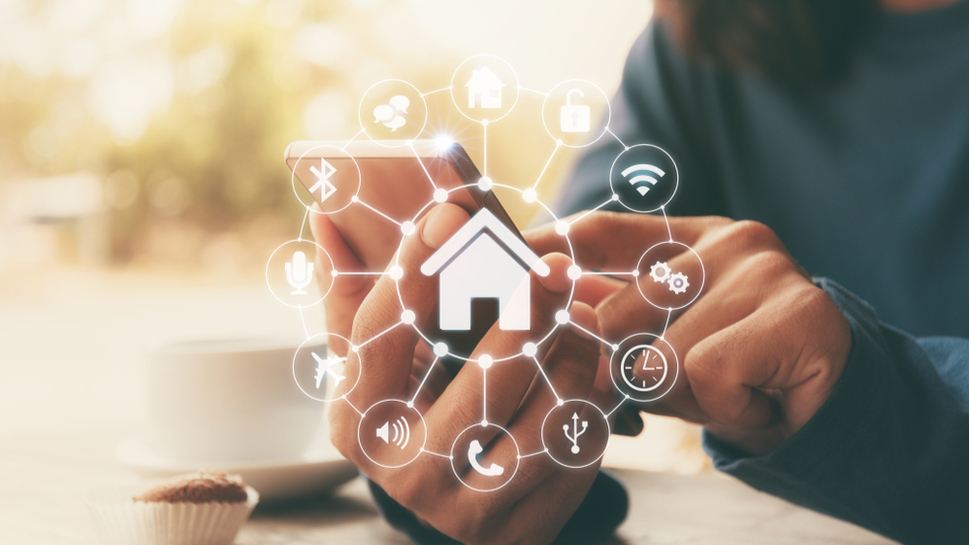Apple, Google, and Amazon team up to build open-source smart home standard
One standard to rule all the smart devices

Apple, Google and Amazon have announced that they will team up to develop an open-source smart home standard to make it easier for manufacturers to create new devices that work together.
The goal of the new project is to ensure than any smart device a consumer buys will work in their home regardless of which smartphone or voice assistant their using.
Google Nest's VP of engineering Nik Sathe and the company's principal engineer Grant Erickson explained how the new open-source smart home standard will benefit both developers and consumers in a blog post, saying:
- Smart home devices are being hit with more cyberattacks than ever
- Protecting your data in the age of smart homes
- Smart home security: 10 hacks to protect your home from hackers
“Developers and consumers will benefit from this new universal smart home connectivity standard. For developers, it simplifies product development and reduces costs by giving them one standard for building their products. You will then have the power to choose how you want to control your homes, independent of which smart home technology you choose. Smart home devices will be compatible with various platforms, so you can choose between Google Assistant, Amazon Alexa, Apple Siri or other platforms.”
Project Connected Home over IP
Apple, Google and Amazon have joined forces to form a new group called Project Connected Home over IP that will also be joined by the Zigbee Alliance smart home protocol whose board members include Ikea, Samsung SmartThings and Signify, the company behind Philips Hue.
Technology from each of the three tech giants' existing smart home systems, Apple's HomeKit, Amazon's Alexa and Google's Weave, will also be contributed to the new standard and they plan on releasing an initial draft in late 2020.
Project Connected Home over IP will also work alongside existing connectivity protocols such as Wi-Fi and Bluetooth as opposed to trying to replace them. According to the group, devices will likely have to support Wi-Fi, Bluetooth Low Energy or Thread in order to work with the new system.
Are you a pro? Subscribe to our newsletter
Sign up to the TechRadar Pro newsletter to get all the top news, opinion, features and guidance your business needs to succeed!
The new standard will also be based around internet protocol (IP) as should be clear from its name. However, not all devices will need to be directly connected to the internet and IP will be used for sending messages from a smart home device to “another device, app, or service” with “end-to-end security and privacy”.
According to CNBC, Project Connected Home over IP will focus on physical safety devices such as smoke alarms, door locks, smart plugs, security systems and thermostats at its onset with other consumer devices coming down the line.
- We've also highlighted the best VPN services
Via The Verge
After working with the TechRadar Pro team for the last several years, Anthony is now the security and networking editor at Tom’s Guide where he covers everything from data breaches and ransomware gangs to the best way to cover your whole home or business with Wi-Fi. When not writing, you can find him tinkering with PCs and game consoles, managing cables and upgrading his smart home.
